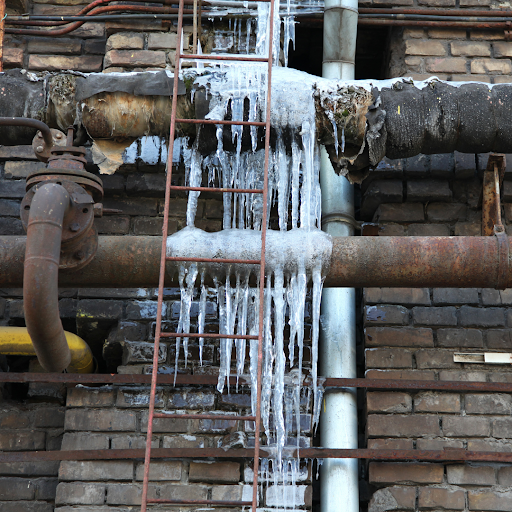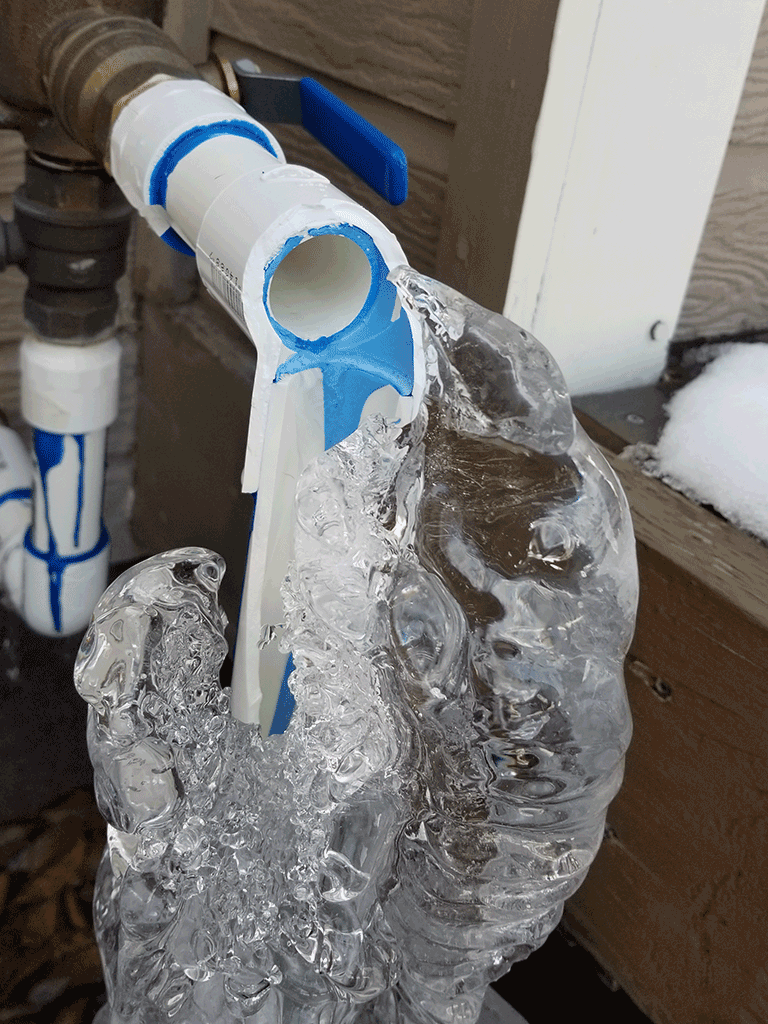Preventing Frozen Pipes in Cold Weather: Expert Strategies
Preventing Frozen Pipes in Cold Weather: Expert Strategies
Blog Article
Everyone maintains their personal piece of advice with regards to Winter Plumbing Precautions: Preventing Frozen Pipes.

Winter can wreak havoc on your pipes, particularly by freezing pipelines. Here's just how to prevent it from taking place and what to do if it does.
Introduction
As temperatures decline, the risk of icy pipelines increases, possibly leading to expensive repair services and water damages. Recognizing how to prevent frozen pipelines is essential for house owners in cold environments.
Avoidance Tips
Shielding prone pipes
Cover pipelines in insulation sleeves or make use of warmth tape to protect them from freezing temperatures. Focus on pipes in unheated or exterior areas of the home.
Heating techniques
Keep interior spaces effectively heated up, particularly areas with plumbing. Open cabinet doors to permit cozy air to distribute around pipes under sinks.
How to identify icy pipelines
Try to find decreased water flow from taps, unusual odors or sounds from pipes, and visible frost on revealed pipes.
Long-Term Solutions
Structural changes
Think about rerouting pipes far from exterior wall surfaces or unheated areas. Include additional insulation to attics, cellars, and crawl spaces.
Upgrading insulation
Purchase top quality insulation for pipelines, attics, and wall surfaces. Proper insulation assists keep constant temperature levels and decreases the threat of frozen pipes.
Shielding Outdoor Plumbing
Yard hoses and outside taps
Separate and drain garden pipes prior to winter. Set up frost-proof faucets or cover exterior faucets with insulated caps.
Recognizing Icy Pipes
What causes pipes to freeze?
Pipes ice up when subjected to temperature levels below 32 ° F (0 ° C) for extended periods. As water inside the pipelines freezes, it expands, putting pressure on the pipe walls and possibly creating them to break.
Threats and problems
Icy pipelines can cause water system interruptions, building damages, and costly repair services. Burst pipelines can flooding homes and trigger comprehensive architectural damages.
Signs of Frozen Pipes
Recognizing frozen pipelines early can avoid them from bursting.
What to Do If Your Pipelines Freeze
Immediate actions to take
If you believe frozen pipelines, keep taps available to relieve stress as the ice melts. Utilize a hairdryer or towels taken in hot water to thaw pipelines slowly.
Final thought
Preventing frozen pipelines requires positive measures and quick actions. By understanding the causes, indications, and safety nets, homeowners can secure their pipes throughout cold weather.
5 Ways to Prevent Frozen Pipes
Drain Outdoor Faucets and Disconnect Hoses
First, close the shut-off valve that controls the flow of water in the pipe to your outdoor faucet. Then, head outside to disconnect and drain your hose and open the outdoor faucet to allow the water to completely drain out of the line. Turn off the faucet when done. Finally, head back to the shut-off valve and drain the remaining water inside the pipe into a bucket or container. Additionally, if you have a home irrigation system, you should consider hiring an expert to clear the system of water each year.
Insulate Pipes
One of the best and most cost-effective methods for preventing frozen water pipes is to wrap your pipes with insulation. This is especially important for areas in your home that aren’t exposed to heat, such as an attic. We suggest using foam sleeves, which can typically be found at your local hardware store.
Keep Heat Running at 65
Your pipes are located inside your walls, and the temperature there is much colder than the rest of the house. To prevent your pipes from freezing, The Insurance Information Institute suggests that you keep your home heated to at least 65 degrees, even when traveling. You may want to invest in smart devices that can keep an eye on the temperature in your home while you’re away.
Leave Water Dripping
Moving water — even a small trickle — can prevent ice from forming inside your pipes. When freezing temps are imminent, start a drip of water from all faucets that serve exposed pipes. Leaving a few faucets running will also help relieve pressure inside the pipes and help prevent a rupture if the water inside freezes.
Open Cupboard Doors
Warm your kitchen and bathroom pipes by opening cupboards and vanities. You should also leave your interior doors ajar to help warm air circulate evenly throughout your home.

I'm very drawn to 6 Ways to Prevent Frozen Pipes and I really hope you liked the new piece. Are you aware of someone else who is in the market for the niche? Do not hesitate to share it. We love your readership.
Call Today Report this page